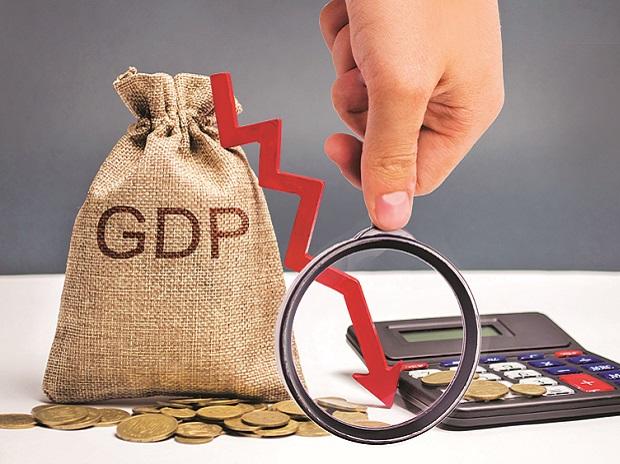
"There will be enduring harm to gracefully side beneficial potential from the coronavirus stun as long haul joblessness rises, working hours fall, and speculation and capital gathering moderate," said Maxime Darmet, Director in Fitch's Economics group.
Immense vulnerabilities encompass the financial viewpoint in result of the huge stun in H1 2020. The way that the coronavirus flare-up will take is obscure.
"Rehashed rushes of new contaminations and recharged across the country lockdowns could see a drowsy recuperation while clinical forward leaps could bring about a fast standardization of financial movement," said Fitch in the report.
A sensible base-case working presumption with the end goal of financial investigation is that the wellbeing emergency slowly facilitates after some time, with recharged across the country lockdowns maintained a strategic distance from and infection regulation looked for through more focused on reactions.
Fitch said US profitable potential development has been changed to 1.4 percent from 1.9 percent, the UK to 0.9 percent from 1.6 percent and the eurozone (weighted normal of Germany, France, Italy and Spain) to 0.7 percent from 1.2 percent.
These corrections mostly mirror the desire for an ascent in long haul joblessness in outcome of the stun.
"The occupations stun is probably going to see numerous specialists - especially in the most unfavorably influenced and work escalated travel, the travel industry and recreation parts - battle to discover re-business rapidly, bringing about separation from the work advertise," said Fitch.






